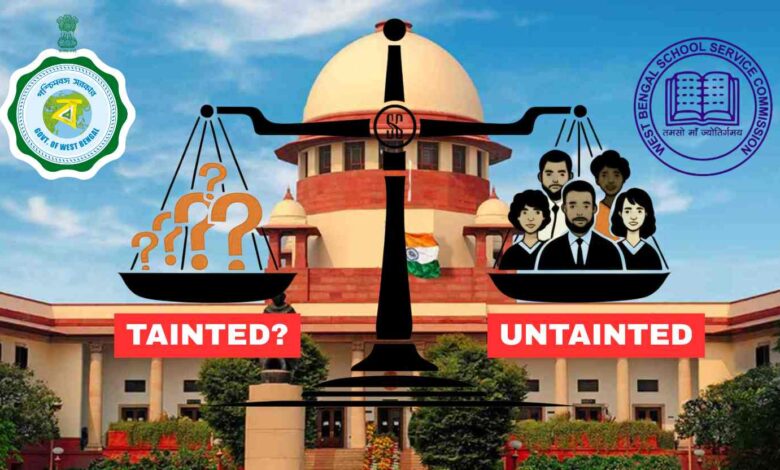Why Was the SSC Review Petition of 26,000 Teachers Rejected? Know the Details of the Supreme Court Order

SSC Review Petition: The Supreme Court has dismissed the plea to review its verdict on the cancellation of approximately 26,000 jobs in the West Bengal School Service Commission (SSC) recruitment scam of 2016. After this decision, the natural question that arose was on what grounds the country’s highest court rejected this review petition. The recently published order copy clearly explains those reasons, which have determined the future of this case.
In this report, we will highlight the key points from the Supreme Court’s order copy and try to understand why the last glimmer of hope for the job aspirants was extinguished.
Why Did the Supreme Court Reject the Review Petition?
The Supreme Court mentioned a few specific and crucial reasons in its order for dismissing the review petition. The court felt that all aspects of the main case were examined in detail during the hearings, and there is no basis for a fresh review.
The main reasons mentioned in the order copy are:
Get Instant News Updates!
Join on Telegram- No Need for a Re-hearing: The court has clearly stated in its order that all factual and legal aspects were considered with extreme thoroughness during the hearing of the main case. The verdict was given after a lengthy hearing. Therefore, there is no justification for re-hearing the entire case based on the review petition.
- Absence of OMR Sheets and Evidence of Corruption: The biggest and most decisive factor in this case was the absence of the original OMR sheets. The School Service Commission (SSC) failed to preserve the original physical OMR sheets or their mirror images (digital copies). The court stated:
- Had these OMR sheets been properly preserved, it would have been possible to distinguish between eligible and ineligible candidates. In that case, the jobs of the eligible candidates might have been saved.
- Since the OMR sheets themselves are missing, there is no way to prove whose appointment is valid and whose is invalid.
In this situation, the entire recruitment process has been deemed “tainted” or corrupted.
- Negligence and Attempt to Hide Information by the Authorities: In its observation, the Supreme Court further stated that the authority responsible for the recruitment process, i.e., the SSC, tried to cover up its negligence and illegal activities. This act destroyed the transparency of the entire process, and it became clear to the court that the recruitment process was flawed from the very beginning.
- Plea for an Open Court Hearing Rejected: A request was made on behalf of the petitioners to hear the review petition in an Open Court. However, the highest court rejected that application as well. This means the court reached its conclusion that the petition had no merit by reviewing all the documents in-chamber.
The Final Verdict and the Future
Based on the above reasons, the bench of Justice Sanjay Kumar and Justice Satish Chandra Sharma concluded that the review petition contained no new arguments or evidence that could influence the original judgment. Consequently, the petition was dismissed, and the Calcutta High Court’s verdict to cancel 26,000 jobs was upheld. This order has definitively closed the door of employment for even the eligible candidates who became victims of the corruption.

